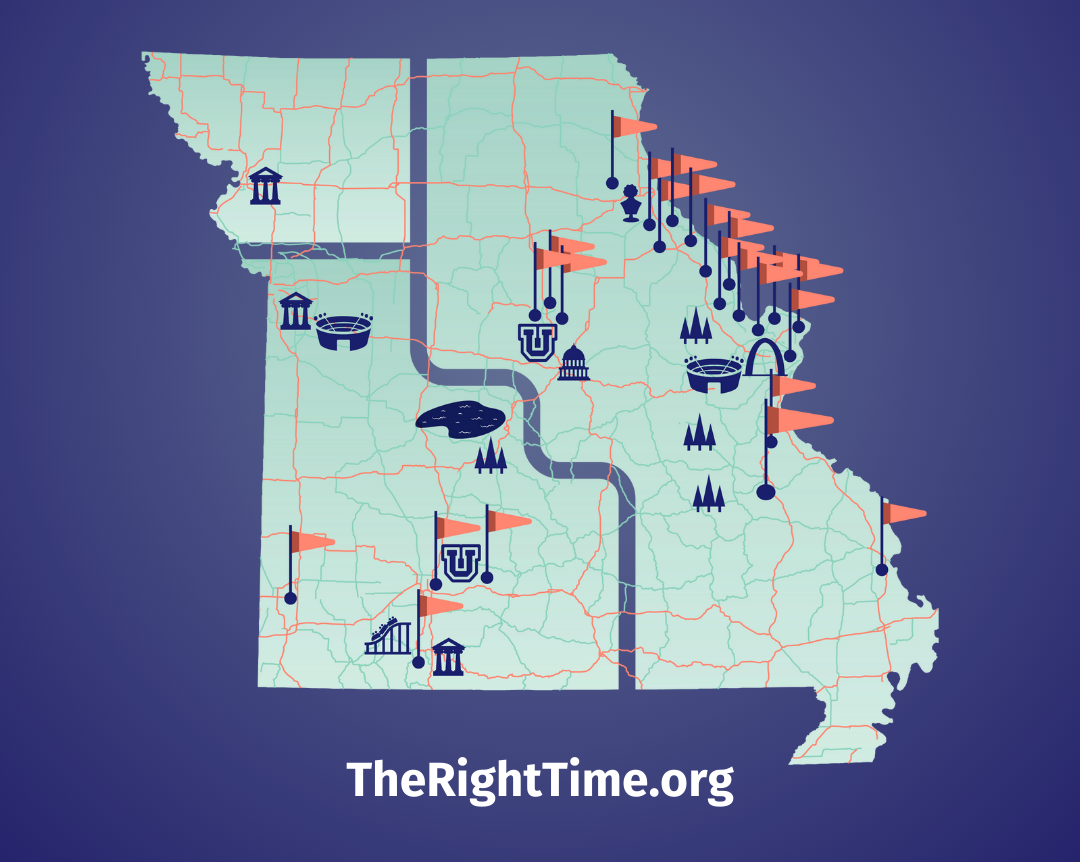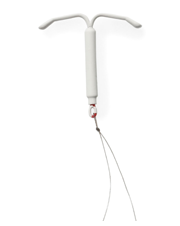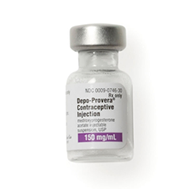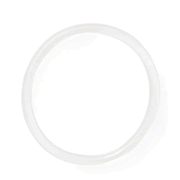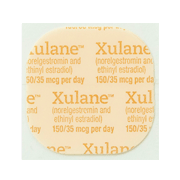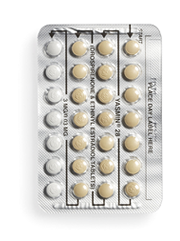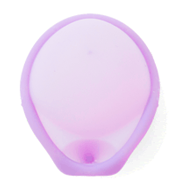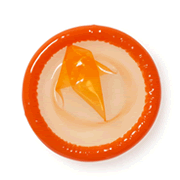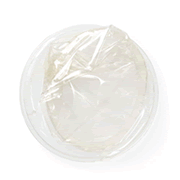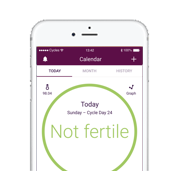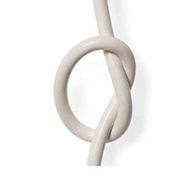How Long Does It Take for STI Symptoms to Start?

There are a lot of things to consider.
There are lots of STIs and STDs out there. Thankfully, there are also lots of ways to protect you and your partner(s) from them. You can do things like use barrier methods (by themselves or in addition to a primary method of birth control like an IUD or implant), get tested regularly, and get vaccinated, just to name a few.
Another thing you can do is to get familiar with the symptoms of common STIs, as well as how long after sex you might notice them. When you recognize that something feels off inside your body, you’ll know it’s time to get tested instead of dismissing it as nothing. But remember, many people who have STIs don’t know that they have them because they don’t have any symptoms!
Here’s what else you should know, and for free or low-cost access to all the methods of birth control, make an appointment at your nearest The Right Time health center.
With chlamydia, you can have no symptoms, or you can have symptoms, such as:
- Vaginal or penile discharge
- Painful urination
- Testicular pain and swelling
- Sores
- Bleeding between periods
These symptoms may appear several weeks after sex with someone who has chlamydia.
Trichomoniasis (aka trich)
The same thing is true with trich: you can either have no symptoms or symptoms like:
- Genital itching, burning or redness
- Painful urination
- Discharge
- Painful sex
These symptoms may appear anywhere from 5 to 28 days after sex with someone who has trich.
Most people with uteruses do not have symptoms when they have gonorrhea, and if they do, it might be confused with a bladder infection or a vaginal infection. These symptoms include:
- Painful urination
- Increased discharge
- Bleeding between periods
People with penises may experience similar symptoms, with the addition of painful or swollen testicles. Symptoms may appear several weeks after sex with someone who has gonorrhea.
HPV is the most common STI. Most of the time, your body can clear an HPV infection on its own within two years, but in the cases where it doesn’t, you may notice the appearance of warts, including:
- Genital warts
- Common warts
- Plantar warts
- Flat warts
Other symptoms of HPV are these types of cancer, which can take years to develop:
- Anal
- Penile
- Vaginal
- Vulvar
- Cervical
Most people who have HIV notice they have flu-like symptoms, such as:
- Fever
- Sore throat
- Rash
- Muscle aches
- Chills
- Night sweats
- Fatigue
These symptoms may appear two to four weeks after infection.
As you may see, it can be difficult to rely on symptoms alone when it comes to diagnosing an STI, simply because you don’t always have them, or because they take a long time to develop.
To reduce your risk of contracting an STI, you can focus on preventing them by:
- Using barrier methods like condoms and internal condoms
- Getting vaccinated against HPV
- Getting Pap smears as recommended by your health care provider
If you have other questions about your specific risk, make an appointment to talk to a provider at your nearest The Right Time health center.
Related Content

Article
Birth Control & Your Period: What to ExpectBirth control often changes your period, and that’s normal and safe.

Article
Handling the “When Are You Having Kids?” Question Around the HolidaysRemember: your timeline is yours.

Article
What Should I Do After I Get Diagnosed with an STI?Getting an STI doesn’t change who you are.
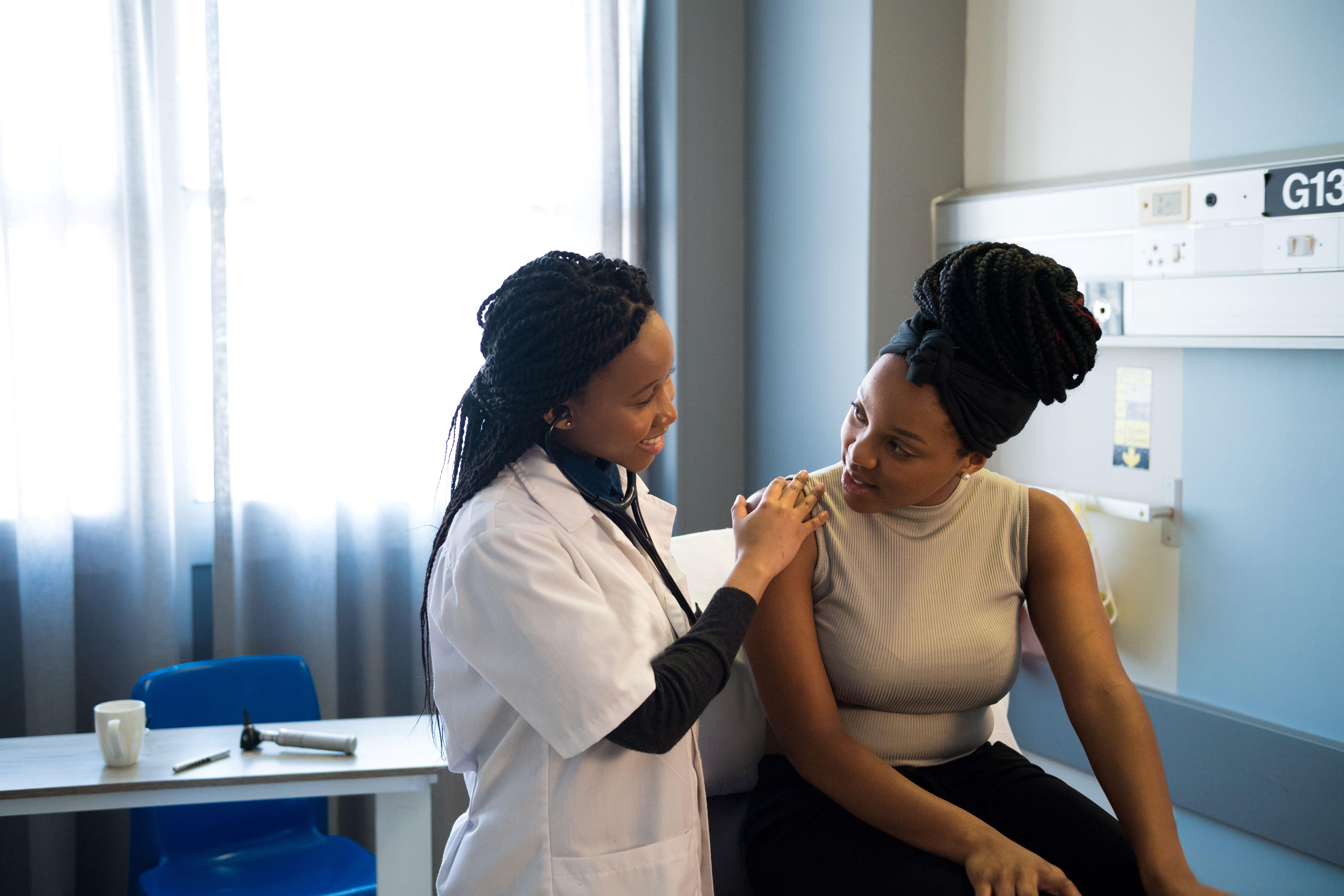
Article
How Can I Take Care of My Breast Health?Keeping up with routine preventative health visits can help catch any changes early.

